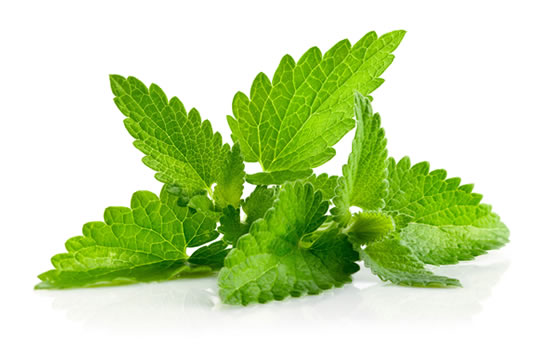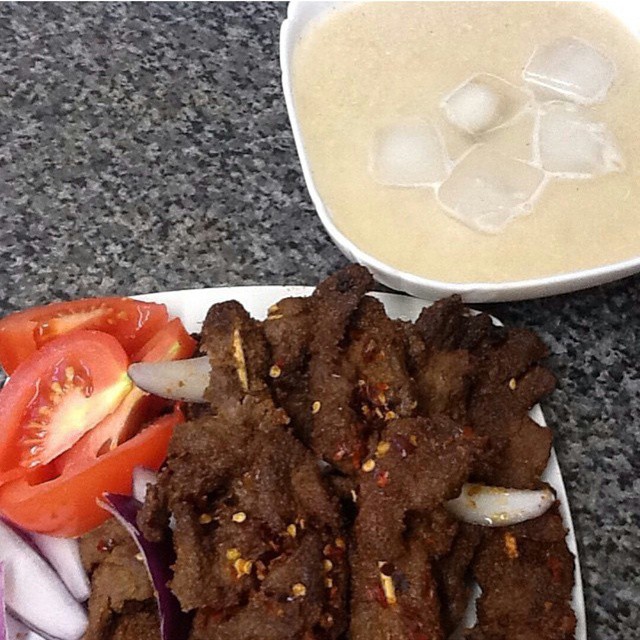When you go to the market or grocery store, what do you buy? When faced with snack choices, what wins? Your food choices will eventually affect your health and quality of life either positively or negatively. Every day we make choices about what to eat based on our cultural background, knowledge, experiences, cravings, goals, etc. Today, scientific and technological advances in agriculture, transportation, food preservation, and storage bring nearly every type of food from different parts of the country and indeed the world to our markets. Kiwis from China, Quinoa from Bolivia and Broccoli from the USA now flood our stores thus making food selection a bit more challenging for us.
For some people, deciding on what to eat is a difficult task. They want to eat healthy, but have no clue how to go about it. Others develop a food-eating pattern and stick to it not caring about its health implications. More often than not, this pattern contains a limited variety of foods.
Fortunately, nature has provided us with an array of foods from which to choose. Each food group contains a selection of foods that are slightly similar in structure and provide different types and amounts of nutrients.

The food groups are:
- Cereals and grains: rice, corn, oats, millet, sorghum, wheat, quinoa, bread, processed cereals and pasta
- Legumes, nuts and seeds: beans, melon seed, lentils, green peas, groundnuts, cashew nuts, walnuts, bambara nuts, sesame seeds, flax seed, chia seed etc.
- Roots and tubers: potatoes, yam, cocoyam, plantain
- Fruits: orange, bananas, apples, pawpaw, pear, tangerine, watermelon, lemon, grapefruit, pineapples etc.
- Vegetables: cabbage, broccoli, cauliflower, pepper, tomatoes, onions, carrots, cucumber, green leafy vegetables etc
- Meat, fish, poultry and eggs
- Milk and milk products e.g. yoghurt, cheese
No single food group can provide the adequate amount of nutrients needed for the body. To get the best mix of nutrients from food, it is best to eat from various food groups every day. This is otherwise called eating a BALANCED DIET.

OTHER HEALTHY TIPS
- Choose natural foods over refined, processed and packaged foods. Natural foods contain less additives and more vitamins and minerals.
- Reduce intake of sugar and sugary drinks (e.g. Soda and Concentrates). These are known as ‘empty calories’ because they supply only simple sugars and nothing more. Avoid bulk buying and hence the temptation to drink them. Replace sugary drinks with water.
- Avoid butter, fatty meat (meat with visible fat on the body, liver, kidney, intestine etc.), fried foods, commercially baked and fried foods, pastries and ice-creams. These contain saturated and Trans fat.
- Snack on fruits instead of pastries. Keep fruits handy and available.
- Fruits and vegetables should make up an important part of your meal. Ensure to eat at least 3-4 servings of different types of fruits and vegetables each day. Variety is very important. Fruits are best eaten in between meals or about an hour after food.
- When shopping, choose the low fat milk and yoghurt options. Include whole grain foods and legumes in your meals.
- Eat protein foods. Choose more plant based protein foods such as nuts, beans and peas.
- Avoid frying, boil instead.
- Drink about 3 litres of water in a day. Limit alcohol, coffee and energy drinks intake.
- Eat at least three times daily (Breakfast, Lunch, Dinner) in normal quantities and avoid skipping meals. Skipping meals increases the temptation to snack on junk! (and you know what happens when you do).
The fact is today’s lifestyle affords little or no time for adequate exercising, so it’s up to us to keep our dietary flank well defended. The next time you are faced with choices, just remember NATURE’s SURE!









